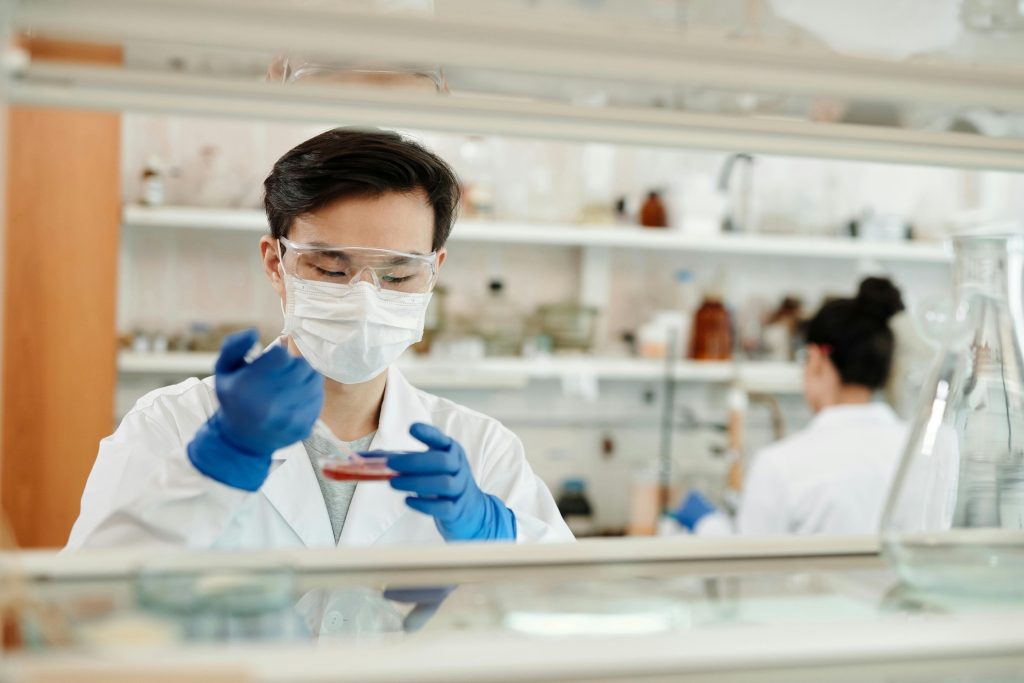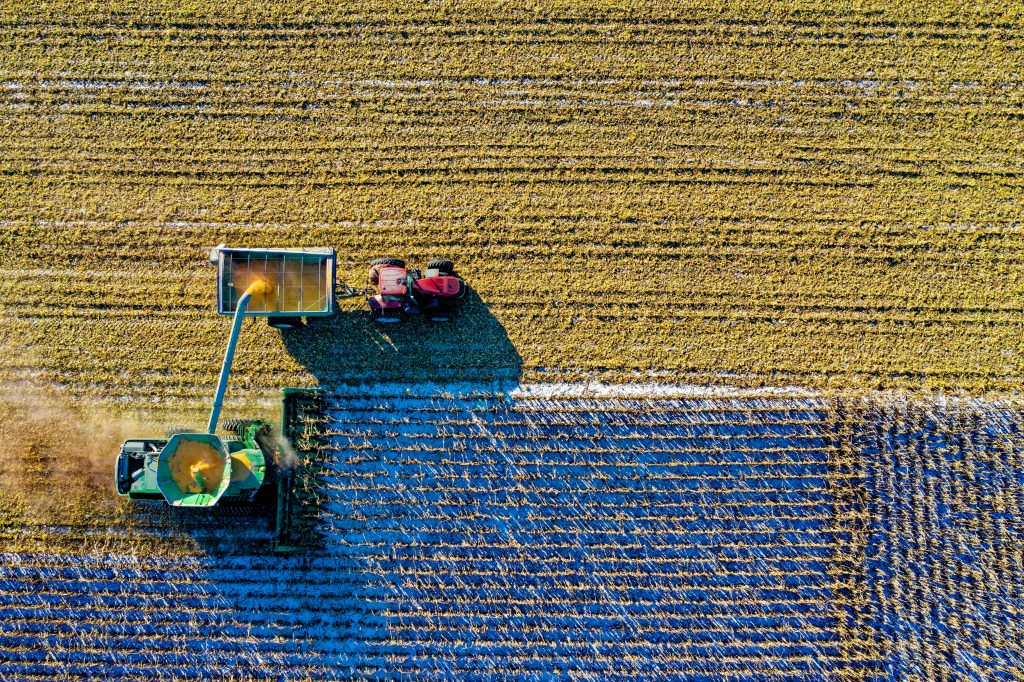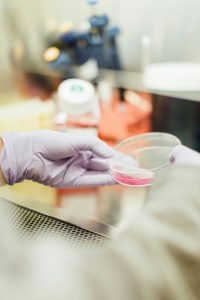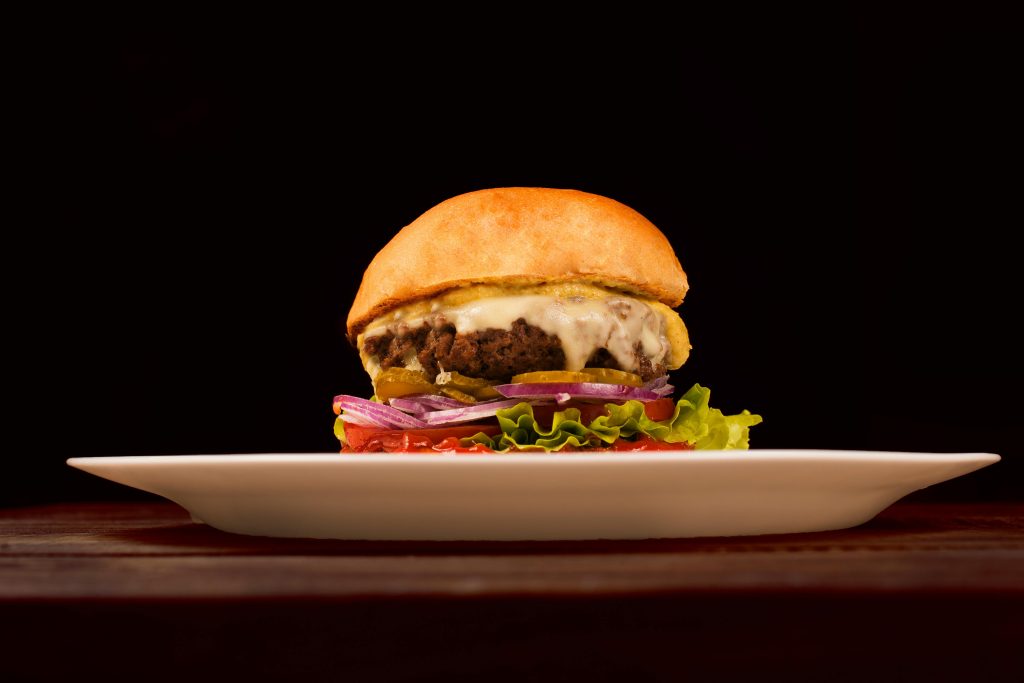Over the past decade, meat alternatives have taken grocery store aisles by storm. Companies such as Beyond Meat and Impossible Foods offer a variety of products that emulate the taste, texture and appearance of real meat. This trend has carried over to restaurants, where diners can order creative dishes utilizing tofu, mushrooms and even jackfruit as meat substitutes.
The increasing popularity of a plant-based diet is not only fuelled by environmental and animal welfare concerns, but also the general health benefits associated with reduced consumption of animal products. For some individuals, however, plant-based substitutions are never quite as satisfying as the real thing. But what if it’s possible to replace meat with…meat?

Image Source: Pexels
How do you grow a burger in a dish?
Lab-grown meat, otherwise known as cultured meat, is real animal meat produced by culturing animal stem cells in a lab environment. The idea first gained popularity in the early 2000s, ultimately becoming a reality in 2013 when the first lab-grown burger was produced (and eaten) by Mark Post, a Dutch pharmacologist and professor. Since then, great strides have been made to streamline the production process, reduce costs and diversify the range of products available.
The process of culturing meat can be broken down into three main steps:
Step one: Source the cells! In order to start growing cells, a tissue sample must be taken from a live animal. The samples are purified and sorted so that only the desired stem cell group remains. Stem cells, unlike other cells in the body, have the remarkable ability to self renew and differentiate into other cell types. This means that when provided with the proper growth factors, stem cells can give rise to nearly any kind of cell! Satellite cells, for instance, are a type of stem cell commonly found in skeletal muscle and can differentiate into new muscle cells. Once the stem cells have been isolated from the tissue samples, they are incubated in a nutrient rich media with growth factors to promote cell proliferation.
Step two: Grow the tissue! To ensure the structural integrity and proper maturation of the tissue, a scaffold is often included in the cell culture. Similar to a piece of Velcro, the scaffold grabs onto the stem cells and organizes them to mimic the texture of real animal tissue. To better replicate the characteristics of traditional meat, newer scaffold designs also include antibiotics and flavour enhancers that diffuse into the cells as they grow. After a period of two to eight weeks, the cells are ready for the final processing step.
Step three: Enhance the flavour! Just prior to harvest, the cells are stimulated to imitate the natural cell environment. Similar to exercise, the stimuli strengthen the muscle fibres and enhance the fibrous texture of the tissue. The final product can then be processed into ground meat, nuggets, or even larger cuts like steak. Cells have also been used to generate other consumables, such as milk, liver and leather products.

Image Source: Pexels
Cultured meat offers many advantages over traditional agriculture. Firstly, all the cells are grown in a controlled environment. This means more consistency between products and also fewer food related illnesses. Common agricultural pollutants, such as methane gas and fertilizers, are avoided, and the need for land is dramatically reduced. Additionally, stem cells are an incredibly versatile resource. By incubating the stem cells in different growth factors, cell cultures can be instructed to differentiate into a variety of cell types. Gene engineering can also be used to maximize tissue quality, nutritional density, and growth efficiency of the cells.
But it can’t be as good as the real thing, right?
Unfortunately, culturing meat is more complex than simply growing a dish of muscle cells. In reality, meat is composed of multiple tissue types, including skeletal muscle, fat and connective tissue. As such, recent efforts have been made to culture multiple cells types together in hopes of creating a more diversified tissue. Animals also have intricate vascular systems that supply their cells with oxygen and nutrients, remove waste products and provide the muscle tissue with its signature red colour.

Image Source: Unsplash
To replicate this in the lab, bioreactors (the incubators where the cells are grown) have been designed with a vascular-like system that provides a continuous flow of media around the cells. By recreating the physiological environment, researchers hope to accurately mimic the texture and flavour profile of traditional meats. The results have been somewhat successful. While the appearance and taste of lab-grown meat is nearly identical, its texture has been reported to be softer and spongier than that of traditional meat.
Why can’t I buy cultured meat at my local supermarket?
Despite the exciting developments in the world of cultured meat, many hurdles remain before we can expect to see lab-grown products on the shelves. The primary limitation researchers face is the cost. While cultured meat may not require as much land and water resources as livestock, it is still energy intensive to produce. Cells have to be grown in culture media, treated with the necessary antibiotics and growth factors, incubated at physiological conditions, and regularly supervised to ensure proper tissue maturation. Increasing the scale of production is also risky, since bacterial contamination could kill all the cells in a batch. Cultured meat is therefore very expensive and generally not a viable option for the average grocery budget.

Image Source: Pexels
The process of maintaining the cells is also a challenge. Most adult stem cells are actually limited in their ability to divide and need to be replaced with fresh samples once the original cells stop reproducing. Thus, while one tissue sample has the potential to produce thousands of kilograms of meat, livestock are still needed to source new stem cells. Additionally, there is the inevitable risk of genetic drift or spontaneous mutation within a cell population. These genetic changes may cause the cells to deviate from the desired cell type, leading to impaired growth, unpredictable behaviour and ultimately compromising the quality of the final product. In short, while there is exciting potential for cultured meat, the “recipe” for its production has not been perfected just yet.
Currently, cultured meat is only sold in a few countries, including Singapore and Spain. The United Kingdom allows the use of lab-grown meat in pet food, and in 2023, the United States Food and Drug Administration approved the sale of cultivated chicken. Most lawmakers, however, seem skeptical of this technology. Many are calling for further safety assessments, while others, such as those in Florida and Alabama, have banned the sale of cultured meat altogether.
Is flask to table truly a possibility?
Public reception to cultured meat has been mixed. Some people are excited about more sustainable alternatives to animal agriculture, while others feel uncomfortable with the concept of eating “lab-grown” foods. Others say they would only consider it as an option for their pets. The plant-based community is also divided, with some members maintaining that harvesting tissue samples from livestock is still a violation of animal rights. Debates have also risen regarding religious traditions. There is disagreement whether lab-grown meat can be considered halal or kosher — another factor to consider before cultured meat is made available to the public. For most people, the deciding factor seems to be the cost. If the prices were comparable to those of current meat options, many people indicate an interest in giving cultured meat a shot.
All in all, technological advancements in this field are rapidly evolving and production is only becoming more efficient by the day. While cultured meat may not be available to us just yet, we will likely see it in grocery stores and on restaurant menus in the near future.


